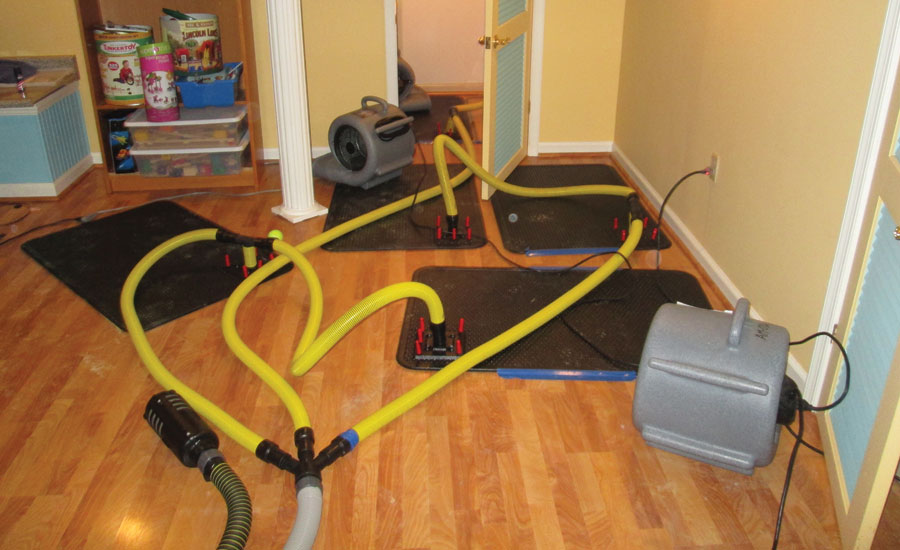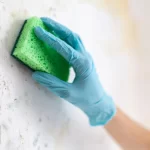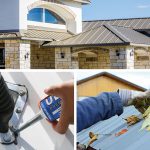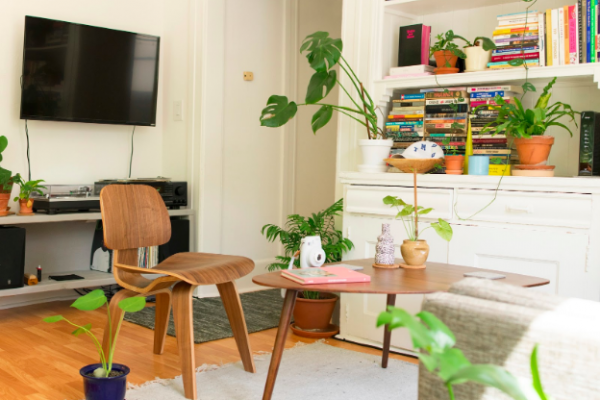Area rugs and carpets add a pleasing visual appeal to a home, seamlessly blending various decorative elements to elevate a simple room into a cozy space. However, water damage poses a serious problem for homeowners, particularly when it comes to carpets. A carpet soaked in water not only causes inconvenience but also serves as a breeding ground for harmful molds and bacteria. This article will identify the root causes of water damage and methods for water mitigation springfield ma.
Top 3 Common Causes behind Water-Damaged Flooring
The sudden appearance of a spreading damp patch or the water seeping through the basement floor should undoubtedly raise significant concerns, as it can result from various reasons. By understanding these causes, homeowners can take proactive measures to protect their carpet flooring.
- Natural calamities: Floods and heavy rains can damage carpets by saturating them. Implementing measures such as regular gutter maintenance can assist in the water mitigation springfield ma.
- Damaged wooden floors: Stained floors can indicate water damage on wood surfaces. Additionally, the presence of dark spots, black splotches, and faded wooden coloring on or between the planks are some other indicators of damage.
- Hidden leaks: Water damage to flooring can occur when pipes or household appliances like dishwashers, washing machines, and refrigerators develop leaks. In such cases, the carpet may become wet without immediate detection. However, a hidden leak will eventually lead to a foul and musty odor in the affected area over time.
Practical Methods for Mitigating Water Damage
Recognizing water damage at an early stage is crucial in preventing excessive harm. The following guidelines outline the process to be followed when cleaning and restoring water damage.
- In the presence of standing water, it is better to use a pump for its removal. Once all the water has been extracted from the carpet, individuals can open the windows or use overhead fans to expedite the drying procedure. Besides, renting dehumidifiers can be a viable option to dry the carpet thoroughly and inhibit the growth of mold.
- Homeowners often use a carpet pad to minimize damage and noise cancellation purposes. After water damage occurs, it is necessary to remove the carpet pad immediately. Failing to remove the carpet pad renders the cleaning and drying of the carpet ineffective, as bacteria and mold can grow on the padding, leading to further damage to the carpet flooring.
- Once all the sewer water has been thoroughly dried out from the carpet, it is recommended to generously spray it with a disinfectant and proceed to scrub it diligently to eliminate dirt and bacteria. Once the area is disinfected, a deodorizer can be utilized to eliminate any lingering odors.
Conclusion
In sum, three types of water can flood a home – clean water, gray water, and black water. Any type of water damage to flooring necessitates immediate action; therefore, homeowners should promptly assess the situation for water mitigation springfield ma. Further, the drying period may exceed one day, and it is crucial to exercise patience throughout the process.








